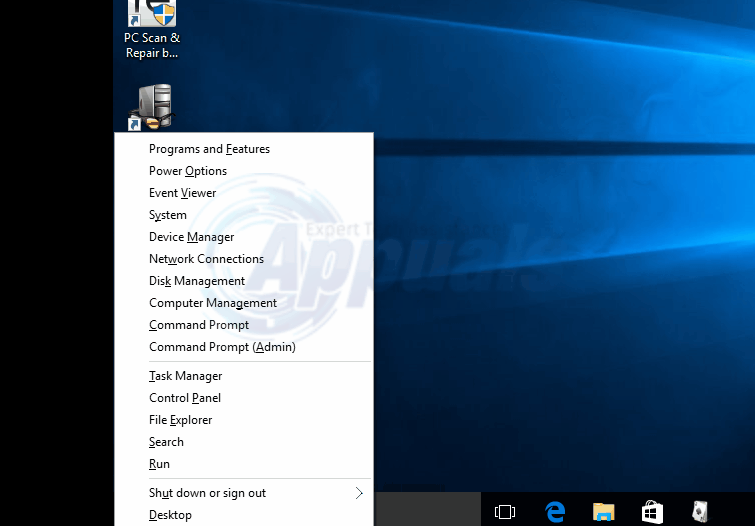How to Enable or Disable Startup Items in Windows 10
Performance is a key aspect to consider whenever we go out to acquire a computer. But sometimes even the ones with high performance get undone by excessive load on processing capacity whenever programs that begin running on startup load. You can considerably lessen the amount of time your computer uses to start by controlling the apps and services that automatically begin during startup. As you install more apps and programs in your system, the same software go on to stealthily create auto – run amenities which in turn increase load on your computer. As a result, it will take noticeably longer for your computer to boot and total performance of your system will be affected. Sometimes you may get the rare prompt from Action Center asking you to review your startup programs when the computer becomes exceedingly slow. In Windows 10 there is a way through which you can control the services and applications that are initiated whenever Windows 10 starts up. You will decide what is important to you at that point in time; and what’s not.
Disabling Programs or Services
The Task Manager is your secret weapon. It is nothing like what you were used to in Windows 7 and before. To access the Task Manager, simply type “Task Manager” in the Start Search. The Task Manager link will appear even before you finish typing the full words. Alternatively, just right click on the taskbar (even the Start button) and select Task Manager from the small popup window that comes up.
The Task Manager appears. Click on “More Details”. Atop the open window, you will see several tabs (Processes, Performance, App History, etc.). Click on the “Startup” tab. A list of all programs that run right from boot time is shown immediately.
NOTE: Just because a program ranks heaviest load on the performance at boot time does not mean that it has to be disabled. Some important programs (especially the ones that you use daily) require frequent access e.g. PDF readers, and antivirus programs. They are better off left alone.
Most of the time, you will encounter names that you are not familiar with or unknown manufacturers. Do not be too quick to disable these programs. If your computer is connected to the Internet, simply right click on it and opt to search for it online. Results for the program in question will be displayed. You can also check for information about such programs shouldiblockit.com. From this site you will know whether the program is safe or not. If you find out that the program or service listed is of little or no use to you; you can safely disable it. Still in Task Manager, right click on the program and select “Disable”. You have now successfully disabled the program. Restart your computer.

Some programs may prove to be a dilemma for you. Adobe is a popular culprit here. While it is an important program, you may not want it to start automatically on your PC. It is advisable that you understand the wider roles of such programs and the consequences of blocking them first before disabling them. Do not entirely rely on Action Center to notify you of heavy startup programs.
To enable a startup program, simply follow the above steps up to task manager. On the program itself, right click and select “enable”.